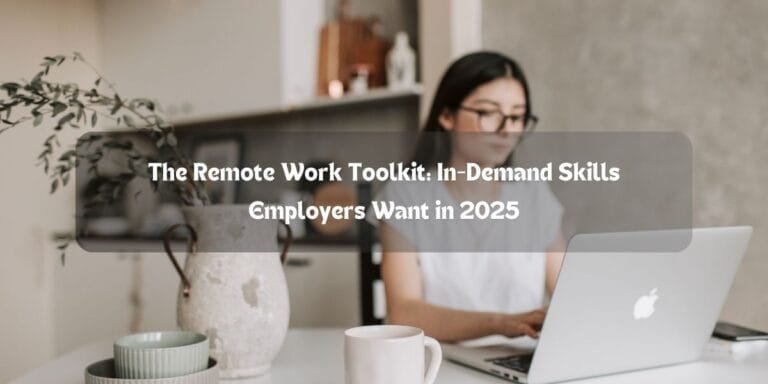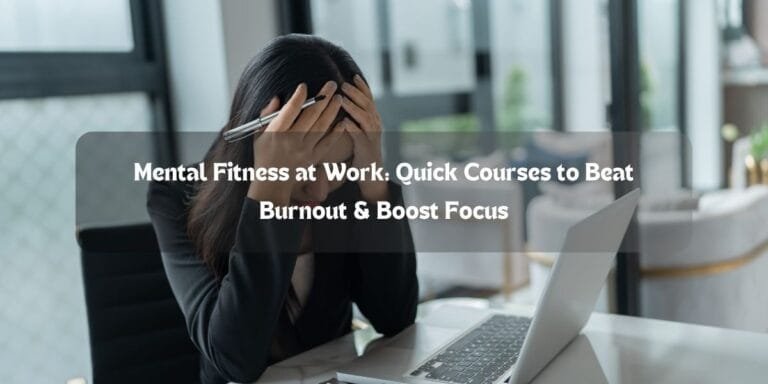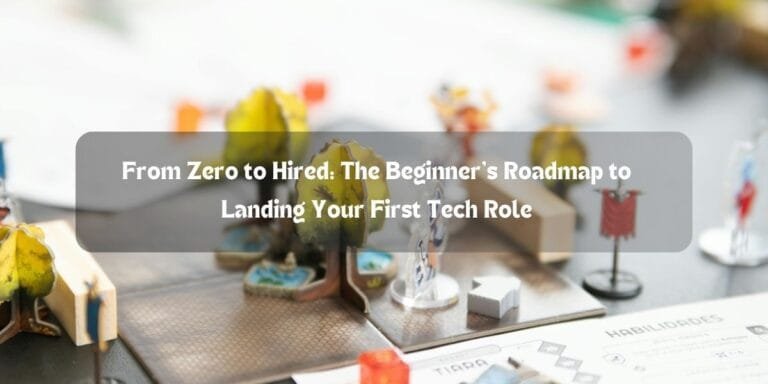

Introduction
Imagine this You’re squeezed into a crowded subway car during rush hour, your phone buzzing in your pocket with the latest notifications. Instead of scrolling through endless social feeds, you pull up a quick lesson on digital marketing trends. In just five minutes, you’ve absorbed a key strategy that could transform your side hustle. No textbooks, no lengthy lectures—just pure, digestible knowledge that fits right into the chaos of your day. This isn’t some futuristic dream; it’s the reality of mobile microlearning, a game-changer that’s redefining how we build skills in our hyper-connected world. And platforms like CoursePlus.co.uk are making it happen for thousands, turning fleeting moments into lasting expertise.
What Mobile Microlearning Really Means for You
At its core, mobile microlearning breaks down complex topics into bite-sized chunks, delivered straight to your smartphone or tablet. These aren’t watered-down summaries; they’re laser-focused modules designed for maximum retention. Think of it as snacking on wisdom rather than feasting on a full-course meal. Why does this matter now more than ever? In an era where attention spans hover around eight seconds—shorter than a goldfish’s—traditional e-learning often feels like a marathon when all you need is a sprint. CoursePlus.co.uk leads this shift with mobile-optimized courses that adapt seamlessly to your lifestyle, ensuring you learn on the go without ever feeling overwhelmed.
Dina’s Story: From Overwhelmed to Promoted in Six Weeks
Let’s bring this to life with Dina, a marketing coordinator juggling deadlines, family, and ambition. Last year, she eyed an SEO certification but couldn’t imagine fitting hours of study into her schedule. Then she discovered mobile microlearning through the CoursePlus app. During coffee breaks, while waiting for her kids at soccer practice, or even in the grocery line, she tackled 3-minute videos on keyword strategies and link building. Six weeks later? She completed the course, implemented fresh tactics at work, and earned a well-deserved promotion. Dina’s journey isn’t unique—it’s the blueprint for professionals who refuse to let time stand in their way. If she can rise amid the chaos, imagine what mobile microlearning could do for your career.
Why Bite-Sized Beats the Binge Every Time
What sets mobile microlearning apart from traditional online courses? Accessibility takes center stage. You’re no longer chained to a desk or a fixed schedule. Lessons sync across your devices, resuming exactly where you paused—whether you’re on iOS, Android, or switching mid-commute. The interface feels intuitive, almost playful, with gamified quizzes and gentle push notifications that nudge you back without nagging. More importantly, content comes from certified experts at CoursePlus.co.uk, spanning graphic design, project management, coding, and beyond. Each module weaves in real-world scenarios, so you’re not memorizing theory—you’re applying it immediately. Studies from the eLearning Industry show this approach boosts retention by up to 80%, turning fleeting insights into permanent skills.
The Smart Tech Working Behind the Scenes
Behind every smooth swipe lies adaptive technology that learns you. Ever started a course only to feel it’s too basic—or way over your head? Mobile microlearning fixes that. Algorithms track your pace, strengths, and stumbles, then serve tailored content. Master the fundamentals? You’ll unlock advanced challenges. Need a refresher? A quick recap appears before you spiral. This isn’t passive scrolling; it’s a conversation between you and the platform. Even better, offline mode lets you download lessons during strong Wi-Fi and conquer them anywhere—on a flight, in a tunnel, or at 30,000 feet. Learning never pauses, because life doesn’t either.
The Numbers Don’t Lie—And Neither Do the Results
Let’s talk about impact. The Brandon Hall Group found microlearning increases engagement by 50% and knowledge retention by 17% over traditional methods. Employees who adopt it report less burnout, higher satisfaction, and sharper performance. For companies, the ROI is immediate: shorter training windows mean faster skill deployment without productivity dips. CoursePlus.co.uk delivers this in spades with titles like Quick Wins in Digital Marketing and Micro-MBA Essentials, each broken into 5–10 minute segments. One enrollment, countless breakthroughs. The math is simple: small investments of time compound into massive career capital.
Addressing the Skeptics: Can “Quick” Ever Be Deep?
Some still wonder, “Can bite-sized learning truly replace in-depth study?” It’s a fair question. The truth? Microlearning doesn’t replace—it enhances. Think of it as the spark that ignites curiosity. A 5-minute module on Python loops might link to a full coding bootcamp when you’re ready to dive deeper. Research from Qstream confirms spaced repetition in short bursts outperforms cramming for long-term recall. Suddenly, intimidating topics feel approachable, even exciting. CoursePlus.co.uk’s coding tracks prove this daily—learners go from “Hello World” to building apps in weeks, not months. Ready to silence your inner skeptic? Your first lesson awaits.
Multimedia Magic: Learning That Feels Like Play
Mobile microlearning thrives on variety. Crisp videos, interactive polls, flashcards, and even augmented reality bring concepts to life. Picture a supply chain lesson where you drag virtual containers across your screen, adjusting variables in real time. This isn’t flashy for flash’s sake—it’s rooted in cognitive science. Diverse stimuli keep your brain engaged, making abstract ideas stick. Subtitles in multiple languages, voice narration, and progress trackers ensure inclusivity. CoursePlus.co.uk’s Global Leadership Micro-Series exemplifies this, exploring cultural teamwork in bites that respect both your time and your worldview.
Reclaiming the Moments You Didn’t Know You Had
Now, pause and audit your day. How many 5-minute pockets vanish into social media or waiting rooms? Mobile microlearning reclaims them. A lesson on sustainable practices while dinner simmers. A negotiation tip during your bus ride. These aren’t interruptions—they’re upgrades. Platforms like CoursePlus.co.uk make it effortless, blending cutting-edge tech with human-centered design. No bloated dashboards, no confusing navigation—just pure, purposeful learning.
Your Next Move: From Reader to Achiever
The revolution isn’t coming—it’s here. Mobile microlearning isn’t about doing more; it’s about doing smarter. It’s the competitive edge for gig workers, parents, entrepreneurs, and lifelong learners who refuse to settle. CoursePlus.co.uk stands ready with a library of expert-crafted, mobile-first courses. Download the app. Pick your first bite. Watch how quickly those minutes multiply into mastery. Because in a world that never slows down, the ones who keep learning? They’re the ones who keep winning.
Frequently asked Questions
What is mobile microlearning?
Mobile microlearning delivers short, focused lessons—usually 3–10 minutes—via your phone or tablet. It includes videos, quizzes, and interactive elements designed for quick absorption and high retention.
How does it improve learning retention?
Through spaced repetition and concise delivery, mobile microlearning can boost retention by up to 80% (eLearning Industry). Short, regular sessions align with natural memory patterns.
Can I learn offline?
Yes. CoursePlus.co.uk lets you download modules for offline access—perfect for commutes, flights, or areas with poor connectivity.
Is it effective for professional growth?
Absolutely. Professionals use CoursePlus micro-courses in marketing, coding, and leadership to gain job-ready skills fast, often leading to promotions and confidence.
Courses Related To This Blog
Discover a range of carefully selected online courses crafted to enhance your skills across multiple topics. Engage with affordable, top-quality courses designed to provide in-depth learning and address your unique educational needs effectively.
Ionic & Angular JS: Principles Of Mobile and Web Development

Ionic & Angular JS: Principles Of Mobile and Web Development
Join the Community & Get Updates🔥
Related Post
Explore our latest expert insights, practical guides, and in-depth resources on trending topics designed to answer your questions, solve your challenges, and help you stay ahead with up-to-date trends and strategies.












